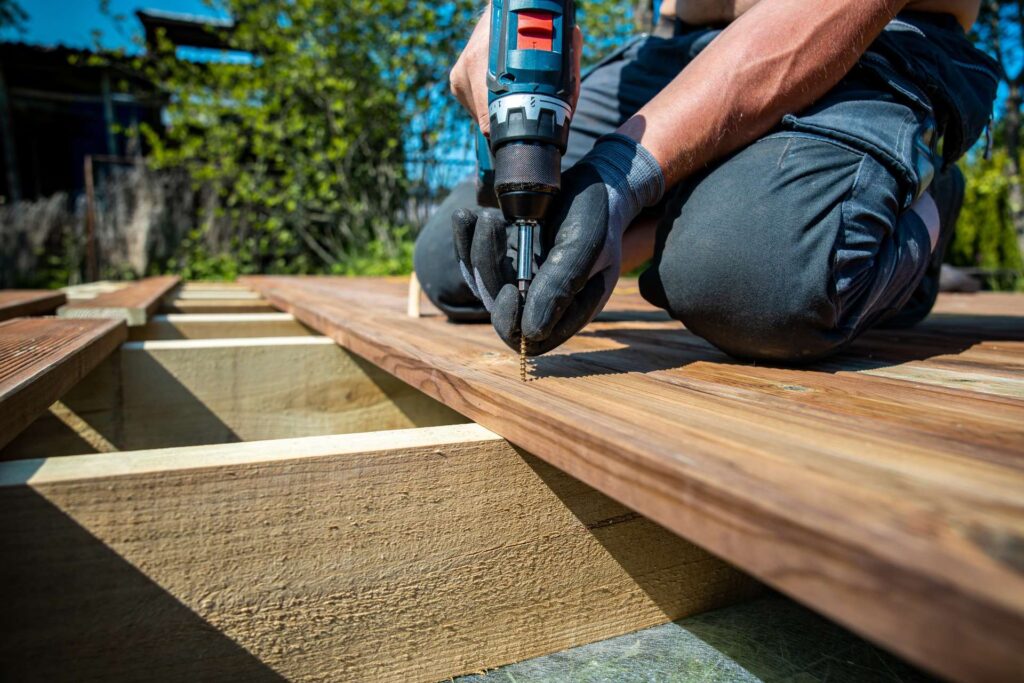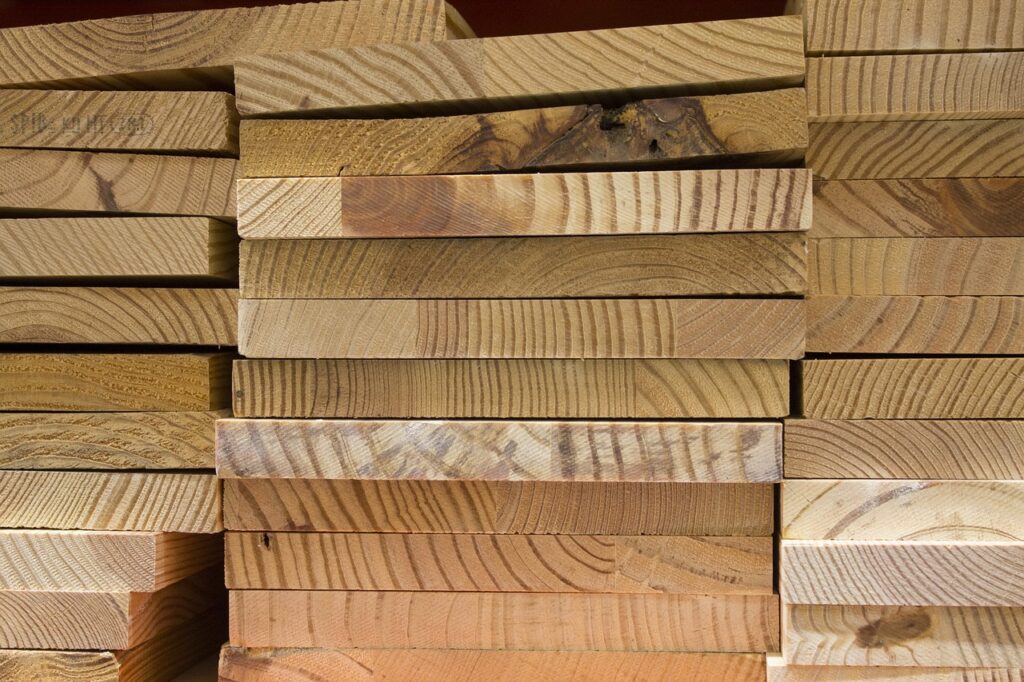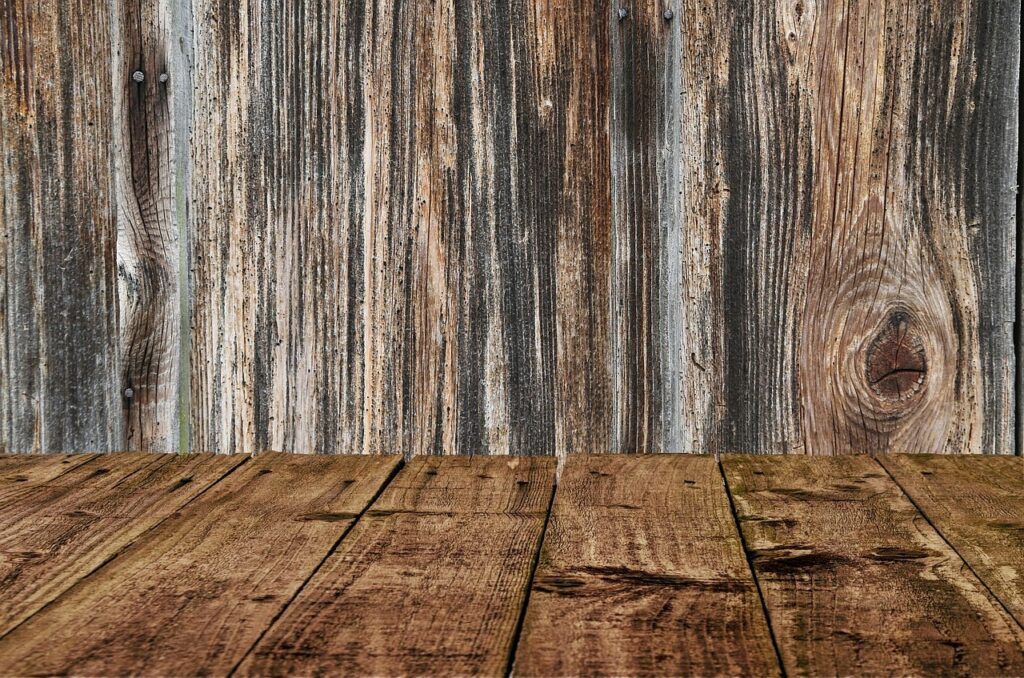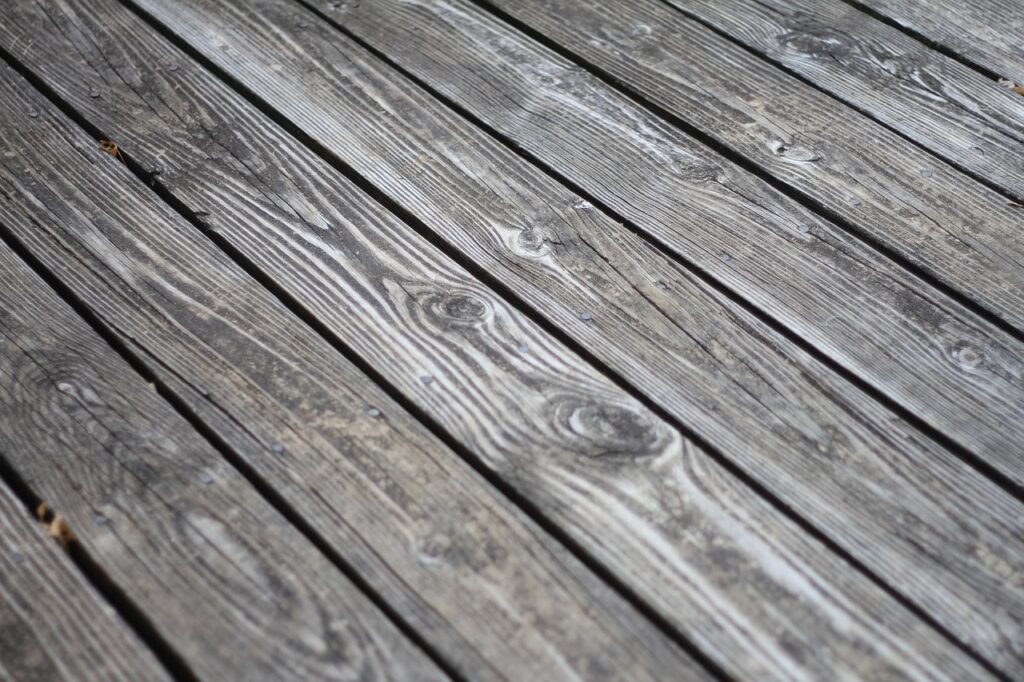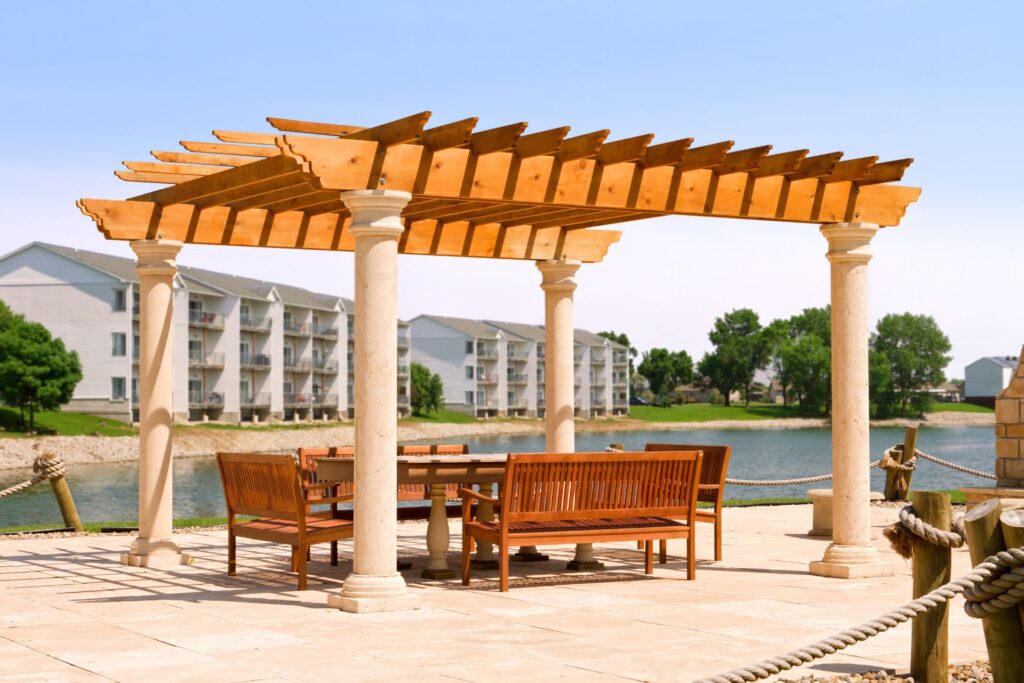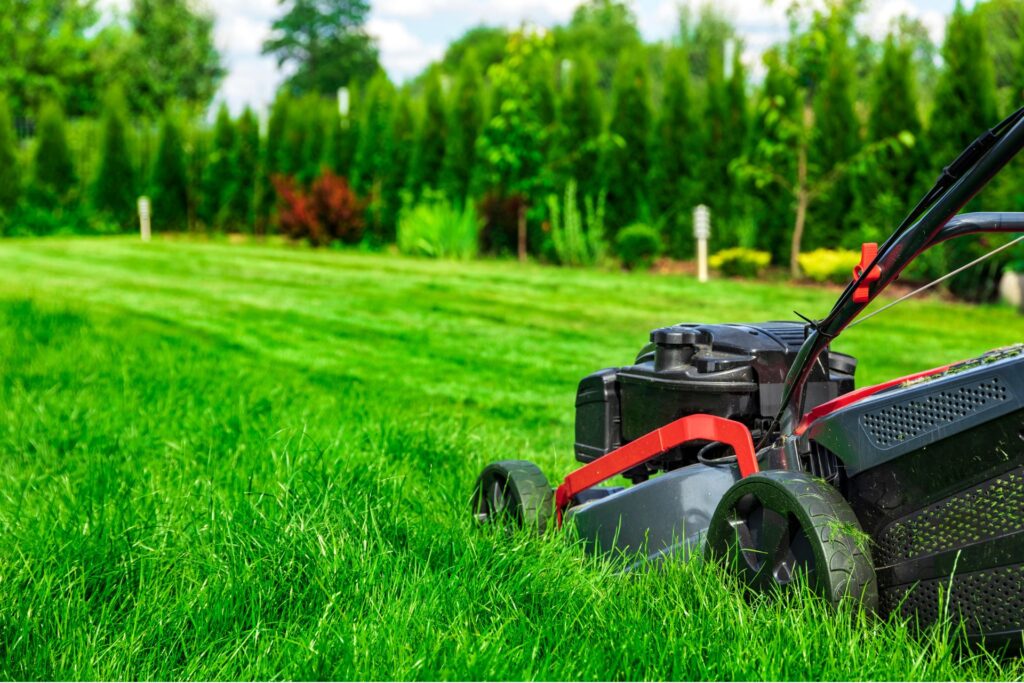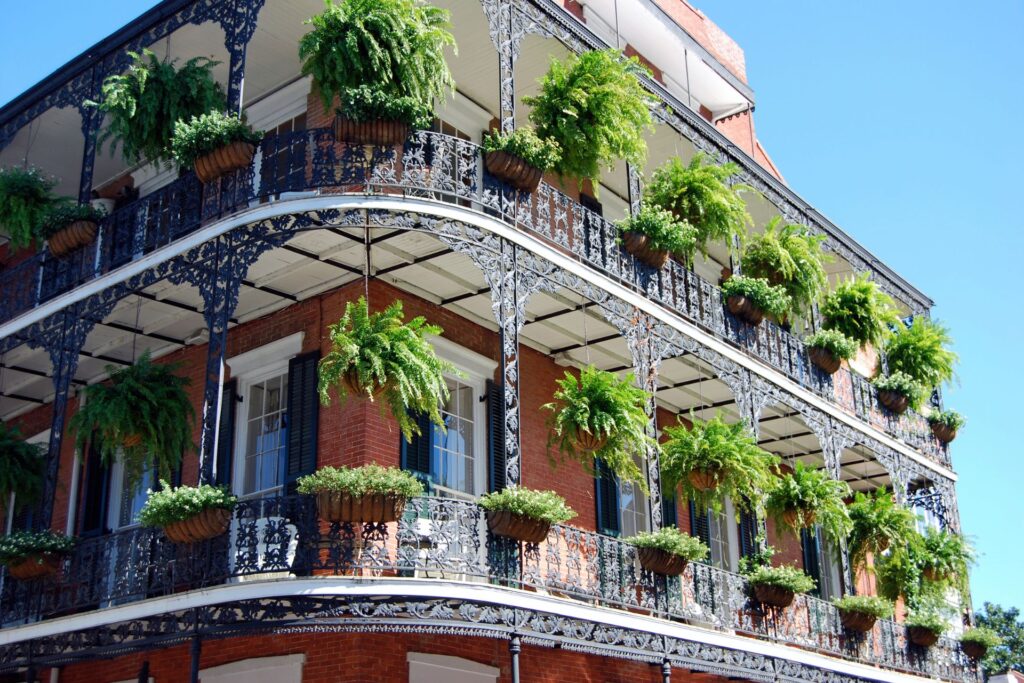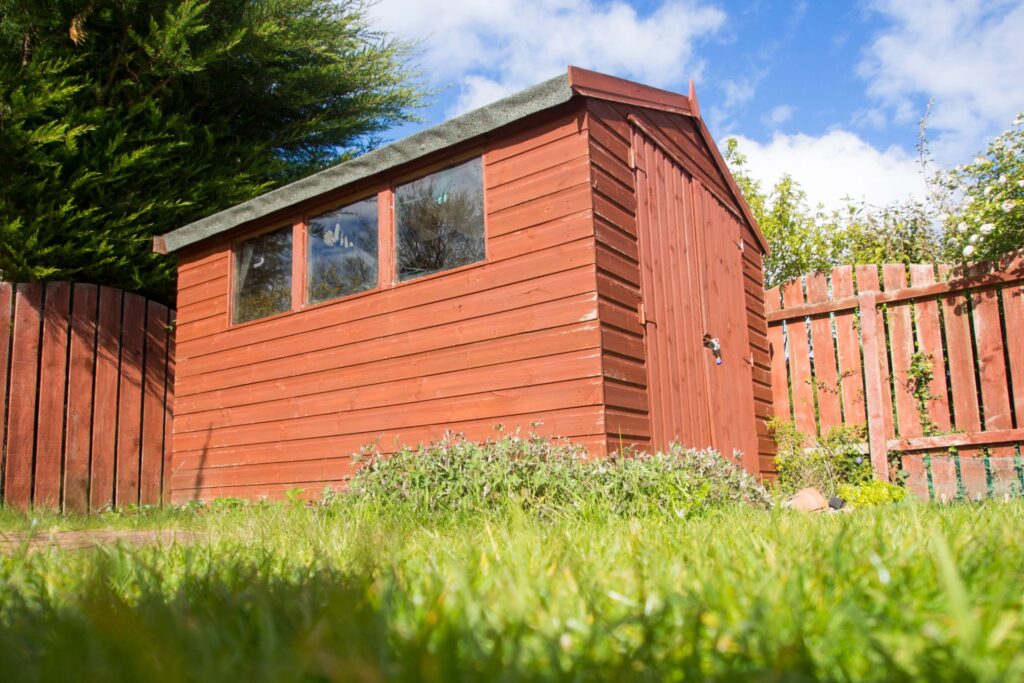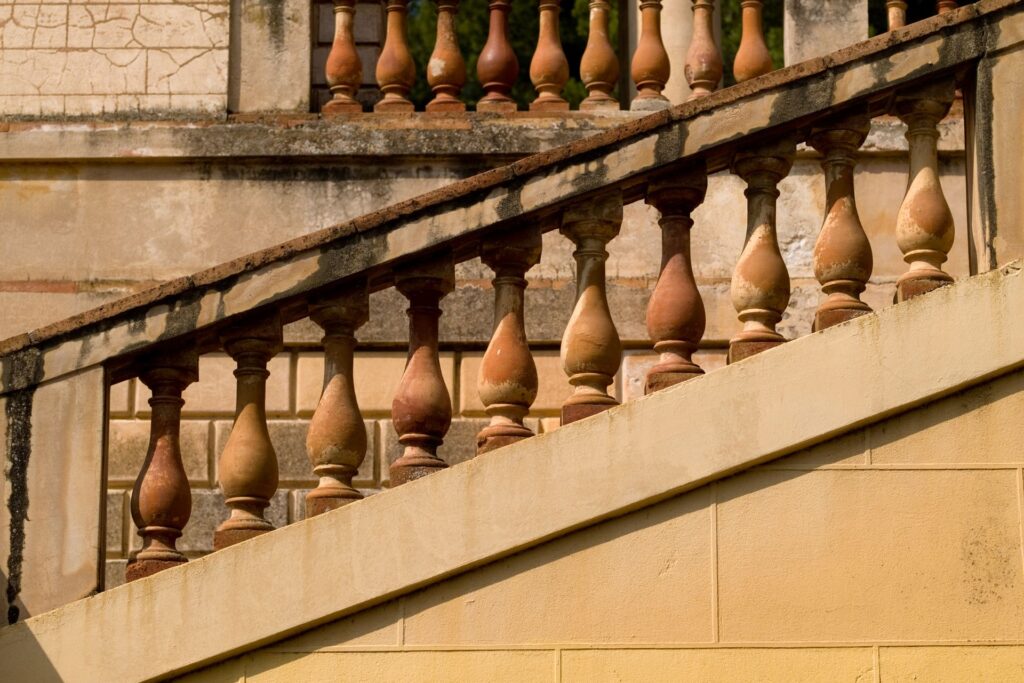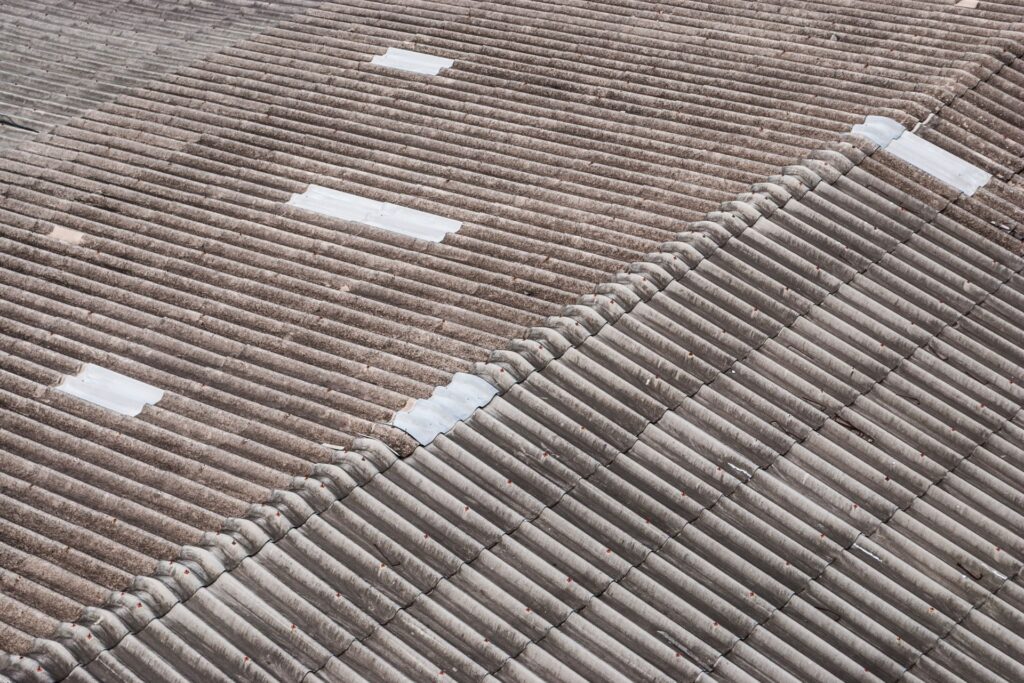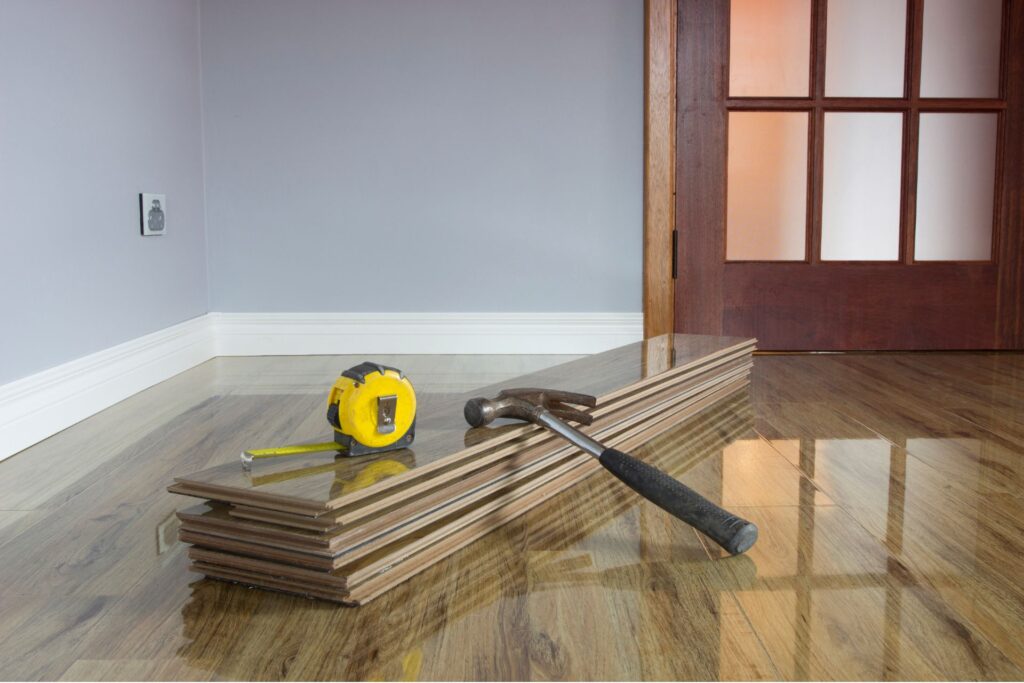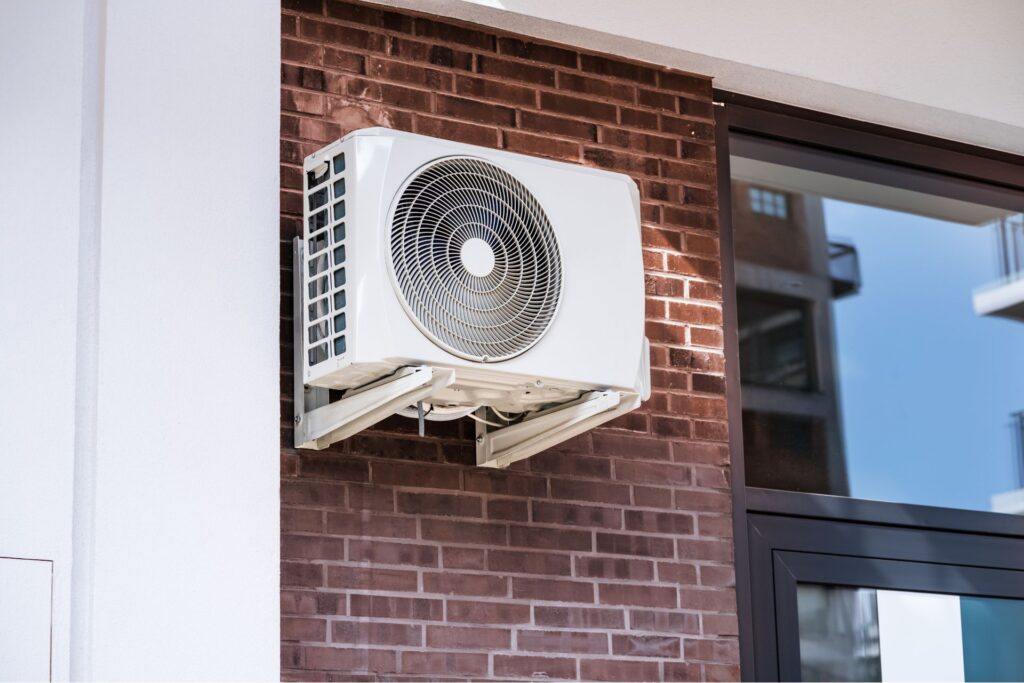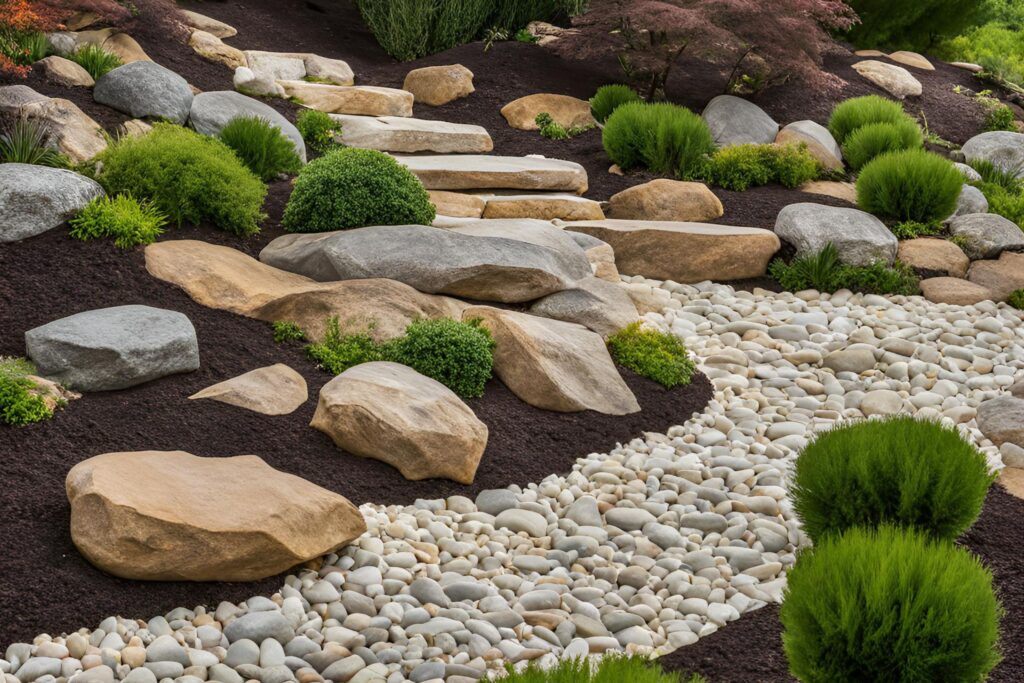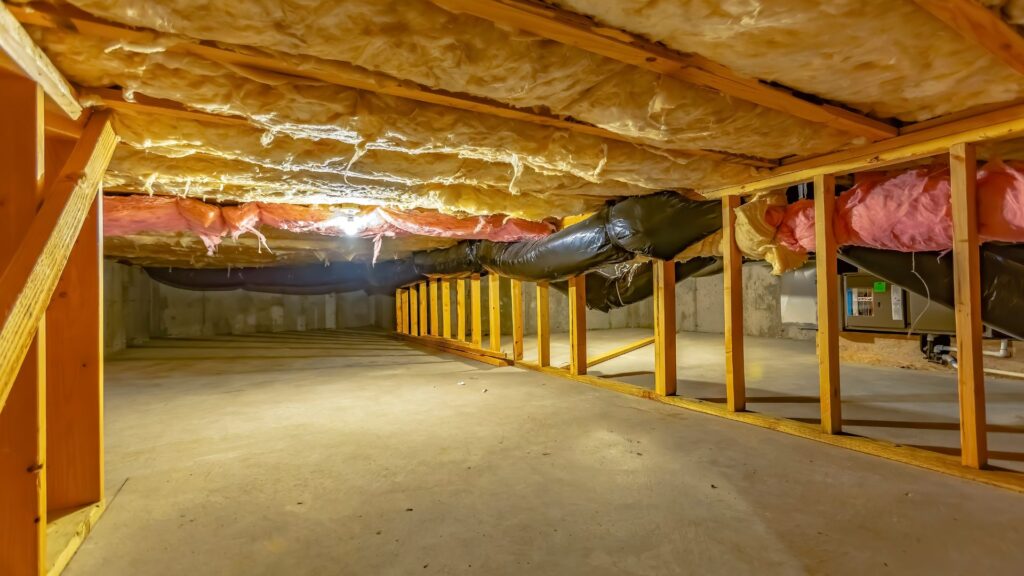Welcome to your ultimate guide on how to clean a deck in New Zealand, where maintaining outdoor spaces is essential due to our unique weather conditions. Whether you’re dealing with the effects of coastal salt, damp moss buildup, or just the general wear and tear of the outdoors, keeping your deck clean not only enhances its appearance but also prolongs its lifespan. In this guide, we’ll walk you through practical, easy-to-follow steps for cleaning and maintaining your deck, from preparing the right tools to removing stubborn grime, all while considering New Zealand’s climate. Let’s get started on bringing your deck back to life and ensuring it stays beautiful year-round.
To clean a deck in New Zealand, start by removing furniture and sweeping away debris. Apply a suitable cleaning solution (either DIY or store-bought) and scrub the surface with a stiff-bristle brush, focusing on stained or moldy areas. Rinse thoroughly with a hose or low-pressure washer, and allow the deck to dry completely. For best results, consider sealing the deck to protect it from New Zealand’s harsh weather conditions. Regular cleaning every 6-12 months will keep your deck looking great and extend its lifespan.
- Why Regular Deck Cleaning Is Important
- Preparation Before Cleaning Your Deck
- Step-By-Step Guide To Cleaning Your Deck
- Handling Mold, Mildew, And Algae On Your Deck In New Zealand
- Pressure Washing: When And How To Use It
- Aftercare: Sealing And Staining The Deck
- Deck Cleaning For Different Types Of Wood
- Eco-Friendly Deck Cleaning Tips
- Common Mistakes To Avoid When Cleaning A Deck
- FAQs: About How To Clean A Deck NZ
- Conclusion
- Find A Professional Decking Company Near You!
Why Regular Deck Cleaning Is Important
Regular deck cleaning is essential for maintaining both the appearance and longevity of your outdoor space. Over time, dirt, debris, and organic materials like leaves can accumulate on your deck’s surface. When left unattended, these materials trap moisture, which creates an ideal environment for mold, mildew, and algae to thrive. These growths not only make the deck look unsightly, but they can also degrade the wood, leading to rot and premature wear. Mold and mildew penetrate the wood fibers, weakening the structure and making it more susceptible to damage. Even composite decks, though resistant to many environmental elements, are not immune to the negative effects of neglect.
In New Zealand, the unique climate poses additional challenges to deck maintenance. The country’s diverse weather patterns—ranging from heavy rain in coastal areas to intense sun in more exposed regions—can significantly affect the condition of your deck. In damp or shaded environments, moss and algae growth are common, especially in areas that don’t receive much direct sunlight. This not only makes the deck slippery and unsafe to walk on but also causes discoloration and surface damage over time. On the flip side, decks that are constantly exposed to the sun may suffer from sun bleaching, causing the wood to dry out and fade, ultimately leading to cracks and splintering.
Aside from the structural concerns, a clean deck plays a vital role in enhancing the overall aesthetic of your home. A well-maintained deck provides a welcoming outdoor space for relaxation and entertainment. If you’re planning to sell your property, a clean and well-cared-for deck can significantly boost your home’s curb appeal and market value. Potential buyers will see the deck as an attractive feature, adding to the overall impression of a well-maintained home.
Regularly cleaning your deck not only keeps it looking its best but also protects your investment by preventing long-term damage caused by environmental factors. Taking the time to clean your deck can save you from costly repairs or replacements down the road, all while maintaining the safety and beauty of your outdoor living space.

Preparation Before Cleaning Your Deck
Before diving into the process of cleaning your deck, it’s essential to take a few preparatory steps to ensure the task goes smoothly and that you achieve the best results. Proper preparation not only makes the cleaning process more efficient but also helps prevent any damage to your deck or surrounding areas. Here’s a detailed breakdown of how to get started:
Assess the Deck’s Condition
The first and most important step before you start cleaning is to evaluate the current condition of your deck. Different types of decks require different cleaning methods, so it’s important to understand what material you’re working with. Is your deck made from natural wood, composite, or PVC? Each material has specific care requirements, and knowing this will help you choose the right cleaning method and products.
Take a close look at the deck’s surface. Are there visible stains, mold, mildew, or algae growth? These are common issues, especially in New Zealand’s damp or coastal environments, where humidity and salt air can take a toll on outdoor surfaces. Identifying problem areas ahead of time allows you to focus your cleaning efforts where they’re needed most and, in some cases, might mean using specialized cleaners for tough stains or biological growth. This assessment also helps you determine if any sections need more gentle care to avoid damage, particularly if the deck is older or made of softwood like pine.
Gather Necessary Tools and Materials
Once you’ve assessed the condition of your deck, it’s time to gather the tools and materials you’ll need for the cleaning process. Having everything on hand before you start ensures a smooth workflow and minimizes interruptions.
- Pressure washer or hose: A pressure washer can be an effective tool for cleaning, but it needs to be used carefully, especially on wood decks, to avoid causing damage. If you don’t have access to a pressure washer, a garden hose with a strong spray nozzle will also work well, although it may require a bit more elbow grease.
- Deck cleaning solution: Depending on the condition of your deck, you may opt for a DIY cleaning solution (such as a mixture of water, vinegar, and mild dish soap) or a store-bought cleaner specifically formulated for decks. There are also eco-friendly options available that are safe for plants and animals, which is particularly important if you have a garden or live near natural waterways.
- Stiff-bristle brush, broom, and mop: A stiff-bristle brush is essential for scrubbing away dirt, mold, and algae. The broom helps in sweeping away loose debris before wet cleaning, and a mop can be useful for spreading cleaning solutions evenly.
- Protective gear: Don’t forget about safety! Wearing gloves will protect your hands from harsh chemicals or rough surfaces, and if you’re using strong cleaning solutions, a mask may be necessary to avoid inhaling fumes. If mold or mildew is present, protective gear becomes even more important.
- Bucket and water source: Having a bucket filled with water is useful for mixing cleaning solutions or for rinsing your brush and mop as you clean.
- Optional tarp: If you have plants around your deck or want to protect nearby surfaces from splashes of cleaner or dirt, using a tarp is a good idea. This is especially relevant if you’re using a chemical cleaner that could be harmful to your plants.
Choose the Right Day for Cleaning
One crucial factor that often gets overlooked is the timing of your deck cleaning. Choosing the right day is vital to ensure the cleaning process is as effective as possible and that your deck has ample time to dry out afterward.
For best results, pick a dry, sunny day when there’s no rain in the forecast. Why does this matter? A sunny day allows the deck to dry quickly after rinsing, which is especially important if you’re planning to apply a sealant afterward. A wet deck not only takes longer to dry, but if left damp for extended periods, especially in humid conditions, it could promote mold and mildew growth instead of preventing it.
Additionally, consider New Zealand’s varied climate when planning your cleaning day. If you live in an area with frequent rain or high humidity, such as the West Coast or coastal regions, you may need to monitor the weather more closely. A hot, breezy day is ideal, as it helps evaporate moisture faster, ensuring the deck dries completely and reduces the risk of warping or other water damage.
By taking these preparation steps, you’ll set yourself up for a much more effective cleaning process, protect your deck from unnecessary wear and tear, and ultimately extend its lifespan.

Step-By-Step Guide To Cleaning Your Deck
Cleaning your deck doesn’t have to be a daunting task. By following this detailed step-by-step guide, you’ll be able to keep your deck in pristine condition while avoiding costly repairs or replacements down the road. This guide is specifically designed to suit the climate and conditions of New Zealand, where moisture, coastal air, and sun exposure can take a toll on outdoor surfaces. Whether your deck is made of wood, composite, or PVC, these practical steps will help you maintain its beauty and longevity.
Step 1: Clear the Deck
Before diving into cleaning, it’s essential to prepare the area. Start by clearing your deck of all furniture, plants, and any other objects. This not only gives you full access to the surface but also prevents accidental damage to items during the cleaning process. Once the deck is clear, grab a broom and sweep away any loose debris such as leaves, dust, and dirt. Removing this layer of dirt helps to prevent scratches when scrubbing and ensures that the cleaning solution can penetrate the surface more effectively.
Step 2: Choose a Cleaning Solution
Now that your deck is clear, it’s time to choose the right cleaning solution. You have a couple of options depending on your preference and the specific needs of your deck.
- DIY Cleaning Solutions: For a budget-friendly and eco-conscious approach, you can create a simple but effective cleaner using ingredients you likely already have at home. A mix of water, dish soap, and white vinegar works wonders on most types of decks. Vinegar helps to break down grime while being gentle on the environment.
- Commercial Deck Cleaners: If you prefer a ready-made solution, there are many commercial deck cleaners available in New Zealand that are specially formulated to tackle tough stains, mold, and algae. When shopping, look for eco-friendly options that are biodegradable and safe for plants and waterways, particularly if you have a garden nearby. You can find environmentally friendly deck cleaning products from Wet & Forget NZ, which offer a range of solutions tailored for New Zealand’s climate.
- For Composite or PVC Decks: If your deck is made from composite materials or PVC, be sure to choose a cleaner designed for non-wood surfaces. These materials can be more sensitive to harsh chemicals, so mild cleaners are best to avoid damage.
Step 3: Scrub the Deck
Once you’ve chosen your cleaning solution, it’s time to get scrubbing. Apply the solution evenly across the surface of the deck. Use a stiff-bristle brush to scrub the deck in circular motions, paying particular attention to high-traffic areas and spots where dirt or mold tend to accumulate. If you encounter stubborn stains, such as oil or mildew, you may need to use a specialized cleaner designed for those specific problems.
For those tough areas, let the cleaner sit for a few minutes to break down the dirt before scrubbing. Avoid using wire brushes, as these can scratch the wood or damage composite decking. Stick to stiff nylon brushes that are tough on grime but gentle on the surface.
Step 4: Rinse Thoroughly
After scrubbing, the next step is to rinse off the cleaning solution thoroughly. You can use a garden hose for this, but if you have a pressure washer, it can make the job quicker. However, it’s important to use the pressure washer on a low setting to avoid damaging the wood or removing the finish. Keeping the nozzle at a reasonable distance (about 30 cm) from the deck will ensure you’re cleaning effectively without stripping away the surface.
For composite or PVC decks, gentle rinsing is crucial since high-pressure water can cause unnecessary wear. Move the nozzle in a sweeping motion and rinse the deck until all the soap and grime are gone.
Step 5: Let the Deck Dry
Once the deck is clean, allow it to air-dry completely before moving furniture back or applying any treatments. This drying process can take anywhere from 24 to 48 hours, depending on the weather. It’s important not to rush this step, especially in New Zealand’s humid or coastal areas where moisture can linger. A dry deck is essential if you plan to apply a sealant or stain, as moisture trapped beneath these products can lead to wood damage or premature wear.
For best results, choose a sunny, breezy day to clean your deck so it dries as quickly as possible. If you live in a particularly damp area, consider checking the forecast to ensure there’s no rain expected, giving your deck the best chance to dry properly.
By following these steps, you’ll ensure your deck stays in excellent condition year-round, ready to withstand the elements and look its best. Regular cleaning not only improves the appearance of your deck but also extends its lifespan, making it a valuable investment for your home.

Handling Mold, Mildew, And Algae On Your Deck In New Zealand
If you’re a homeowner in New Zealand, you’ve probably encountered mold, mildew, or algae on your deck at some point. These issues are especially common in the country due to the unique climate conditions. New Zealand’s combination of high humidity, frequent rain, and coastal breezes creates the perfect environment for moisture-loving organisms to thrive, particularly in shaded or damp areas. While mold, mildew, and algae can be unsightly and even hazardous—making the surface slippery—they are manageable with the right treatments.
Why Mold, Mildew, and Algae Are Common in New Zealand
New Zealand’s coastal and wet conditions, combined with relatively mild temperatures, make it a haven for mold and algae growth, especially in regions that experience frequent rain or high humidity levels. Areas of your deck that are shaded from direct sunlight and where water tends to accumulate are particularly vulnerable. Even if your deck is exposed to direct sunlight, New Zealand’s coastal locations—where salt spray is a factor—can still contribute to moisture buildup. These persistent damp conditions create the perfect breeding ground for mold, mildew, and algae, making regular deck cleaning a necessity for homeowners.
Not only do these organic growths make your deck look dirty and neglected, but they can also be dangerous by creating a slippery surface, increasing the risk of slips and falls. More importantly, if left unchecked, they can deteriorate the wood over time, weakening the deck’s structure and shortening its lifespan.
Effective Treatments for Mold, Mildew, and Algae
The good news is that you can tackle mold, mildew, and algae with a combination of commercial products and simple, effective DIY solutions.
1. Commercial Products for Mold and Mildew Removal
There are many products available in New Zealand that are specifically designed to target mold and mildew. These cleaners often contain active ingredients like oxygen bleach, hydrogen peroxide, or specialized surfactants that break down and kill the organic growth. Here are a few product types to consider.
- Deck Cleaning Solutions: These are designed to target mold, mildew, and algae on wooden or composite decks. Many are eco-friendly and safe for use around plants and pets, making them a great choice if you’re concerned about environmental impact.
- Mold and Mildew Stain Removers: These products are stronger and formulated to remove even the toughest stains caused by mold. They’re particularly useful for older, more stubborn mold infestations.
When using commercial products, always follow the manufacturer’s instructions carefully. Typically, you’ll apply the cleaner, let it sit for a specified time to break down the mold and mildew, and then scrub with a stiff-bristle brush before rinsing the deck thoroughly with water.
2. DIY Solutions for Mold and Algae Removal
If you prefer a more natural or budget-friendly approach, you can easily make your own cleaning solutions using household items. Here are two tried-and-true DIY methods that work well for removing mold and algae from your deck.
- Vinegar and Water Solution: One of the safest and most effective DIY solutions is a simple mixture of white vinegar and water. Vinegar is a natural antifungal agent that can kill mold and algae without the use of harsh chemicals. To make the solution:
- Mix one part white vinegar with one part water in a bucket.
- Apply the solution generously to the affected areas using a spray bottle or sponge.
- Allow it to sit for 15-30 minutes to give the vinegar time to penetrate and break down mold.
- Scrub the surface with a stiff-bristle brush to remove the debris.
- Rinse the deck thoroughly with water to wash away the residue.
- Diluted Bleach Solution: For more severe cases, a diluted bleach solution can be highly effective in killing mold, mildew, and algae. However, it’s important to use bleach carefully as it can harm plants and discolor the wood if not properly diluted. Here’s how to apply it safely.
- Mix one part bleach with three parts water in a large bucket.
- Wearing gloves and protective eyewear, apply the solution to the affected areas using a mop or sponge.
- Allow it to sit for no more than 15 minutes to prevent damage to the wood.
- Scrub the area with a stiff-bristle brush.
- Rinse the deck thoroughly with water to ensure no bleach residue remains, which could harm surrounding plants.
While bleach is effective, it’s not always the best solution for regular use due to its harshness. Consider reserving it for particularly stubborn or widespread mold and mildew infestations.
Preventing Future Mold, Mildew, and Algae Growth
Once you’ve effectively treated the mold, mildew, and algae on your deck, it’s crucial to prevent future growth. Here are some proactive steps you can take to keep your deck cleaner for longer.
- Regular Maintenance: Sweep your deck regularly to remove leaves, dirt, and other organic material that can trap moisture and encourage growth. If you have a shaded deck, consider trimming back trees or plants that may be blocking sunlight.
- Ensure Proper Drainage: Make sure your deck has proper drainage to prevent water from pooling on the surface. Use a broom to sweep away standing water after heavy rain.
- Seal or Stain Your Deck: Applying a sealant or stain not only enhances the appearance of your deck but also creates a protective barrier that prevents moisture from penetrating the wood, reducing the chances of mold and mildew taking hold.
By addressing mold, mildew, and algae promptly and keeping up with routine maintenance, you can enjoy a cleaner, safer, and more durable deck that withstands the challenges of New Zealand’s unique climate.
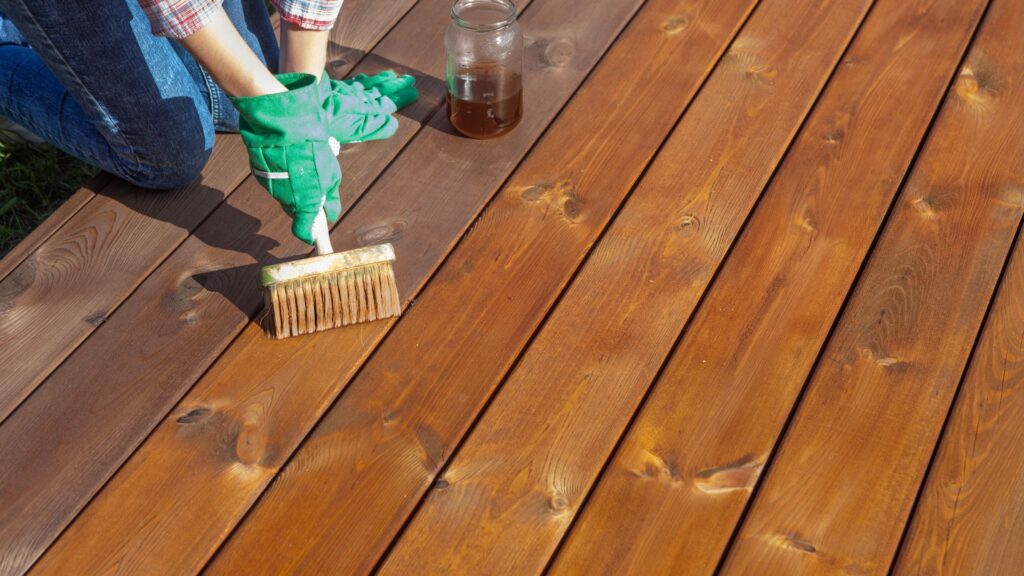
Pressure Washing: When And How To Use It
Is Pressure Washing Necessary?
Pressure washing can be an effective way to clean your deck, especially if you’re dealing with heavy dirt, mold, or stubborn stains that regular scrubbing can’t remove. It’s particularly useful for larger decks where manual cleaning would be time-consuming and labor-intensive. In New Zealand, where decks are often exposed to harsh weather conditions like heavy rain, strong sun, and even salt in coastal areas, pressure washing can help restore your deck’s appearance by removing layers of grime and buildup.
However, it’s important to recognize when pressure washing might be overkill. If your deck only has light dust or minor dirt, or if it’s made from a softwood like pine, a gentler approach, such as scrubbing with a mild cleaning solution and a soft brush, may be better. Pressure washing in these cases could be too harsh, potentially causing damage to the wood. In short, pressure washing is most effective for deep cleaning when your deck shows signs of wear and tear, but should be used cautiously to avoid unnecessary damage.
How to Pressure Wash Safely
If you’ve determined that pressure washing is necessary, following the correct techniques is key to ensuring that your deck remains in good condition. Pressure washers, while effective, can be quite powerful and, when used incorrectly, can strip away the wood fibers or damage composite surfaces. Here’s how to use a pressure washer safely.
1. Choose the Right Pressure Setting
Always opt for a low-pressure setting, ideally under 1,500 PSI (pounds per square inch), especially for wood decks. Higher pressure can easily gouge or splinter wood, leaving marks or damaging the grain. For composite decks, keep the pressure even lower, as the material is more sensitive to high-force water streams.
2. Select the Proper Nozzle
Nozzles are color-coded by the angle they spray. A 25-degree (green) or 40-degree (white) nozzle is ideal for deck cleaning, as these provide a wider, gentler spray. Avoid nozzles with a more concentrated spray (like 0-degree or 15-degree nozzles), as these can cause deep grooves or even cracks in the wood.
3. Keep the Nozzle Moving
Never hold the pressure washer nozzle in one spot for too long. Instead, keep it moving in smooth, sweeping motions across the deck’s surface. This helps prevent any concentrated water pressure from creating indentations or uneven wear on the wood or composite material. Start at one end of the deck and work your way across, ensuring that each section is evenly cleaned.
4. Maintain a Safe Distance
Hold the pressure washer nozzle about 30 to 50 centimeters (12 to 20 inches) away from the deck surface. Getting too close can increase the pressure and risk damaging the deck. Adjust the distance based on the strength of your washer and the sensitivity of your deck material. For delicate or older wood, err on the side of caution and keep the nozzle further away.
5. Work Along the Grain
When pressure washing a wood deck, always move the nozzle along the grain of the wood, not against it. This helps prevent tearing or splintering the wood fibers. For composite decking, simply maintain consistent strokes across the surface, being careful not to pause in one spot for too long.
6. Rinse and Inspect
Once you’ve pressure washed the entire deck, rinse it thoroughly with a garden hose to remove any lingering dirt or cleaning solution. After the deck dries, inspect it for any areas that might need additional cleaning or repairs. If you notice any splinters or cracks caused by the pressure washing, these should be addressed before sealing or staining the deck.
By following these safety steps, pressure washing can be an incredibly effective tool for maintaining your deck, ensuring it stays clean and free from damaging buildup. Just remember to adjust your approach based on the condition and material of your deck to avoid causing any unintended harm.

Aftercare: Sealing And Staining The Deck
Proper aftercare is crucial for maintaining the longevity and appearance of your deck, especially after a thorough cleaning. Sealing and staining your deck is an essential step in protecting it from the elements and ensuring that it looks great for years to come.
Why Sealing is Important
Sealing your deck is critical because it creates a protective barrier against external elements that can cause significant damage over time. New Zealand’s climate is varied, with strong UV exposure, high humidity in some regions, and frequent rain, particularly in coastal and damp areas. All these factors can wear down a deck’s surface if left unprotected.
Sealing shields your deck from UV damage, which can cause wood to fade, crack, or become brittle. This is especially important for decks exposed to the sun for long periods. It also helps to protect against moisture, preventing water from penetrating the wood and causing it to swell, warp, or encourage mold and mildew growth. Additionally, sealing reduces the wear caused by daily foot traffic and spills, ensuring your deck looks fresh for longer. Over time, without proper sealing, wood decks are susceptible to damage that can lead to expensive repairs or replacements.
When to Seal
The frequency of sealing depends on the type of wood, the condition of your deck, and New Zealand’s regional climate. Generally, you should reseal your deck every 12 to 24 months. However, decks exposed to harsher conditions, such as heavy rainfall or extreme UV rays, may require more frequent sealing. A good rule of thumb is to inspect your deck regularly. If water no longer beads up on the surface but soaks in, it’s time to reseal.
For new decks, it’s important to wait until the wood has fully dried before applying any sealant, as fresh wood contains natural oils and moisture that can interfere with the bonding process. This drying period can take anywhere from a few weeks to several months, depending on the type of wood and local weather conditions.
How to Apply a Sealant or Stain
Choosing the right sealant or stain is key to effective deck protection. Oil-based sealants penetrate deeply into the wood, providing long-lasting protection and enhancing the wood’s natural color. They are particularly suitable for older or more weathered decks. Water-based sealants, on the other hand, are easier to apply, dry faster, and are more environmentally friendly, making them a popular choice for many homeowners. However, they may require more frequent reapplication compared to oil-based products.
Before applying any product, make sure the deck is thoroughly clean and dry. Start by applying a thin, even coat of sealant using a brush, roller, or sprayer. Work in small sections to avoid streaks or missed spots, and ensure you cover the entire surface, including railings and edges. Allow the first coat to dry completely (usually 24 hours), and consider applying a second coat for extra protection, especially if your deck is in a high-traffic area or exposed to harsh weather. Always follow the manufacturer’s instructions for drying times and application tips.

Deck Cleaning For Different Types Of Wood
Not all decks are made from the same material, so it’s important to tailor your cleaning and maintenance approach based on the type of wood or composite decking you have. This ensures that you’re preserving the deck’s integrity while maintaining its appearance.
Hardwood Decks (Kwila, Jarrah, etc.)
Hardwoods like Kwila and Jarrah are common in New Zealand and are known for their durability and natural resistance to weathering. However, even these sturdy woods need regular maintenance to keep them looking their best. When cleaning hardwood decks, avoid using overly harsh chemicals, as these can strip the wood of its natural oils, leading to dryness and cracking. Instead, opt for a mild, wood-specific cleaner and a soft-bristle brush to gently remove dirt and grime. Regular oiling (in addition to sealing) is recommended for hardwood decks to maintain their rich color and protect them from the elements. Applying a high-quality deck oil once or twice a year helps keep the wood nourished and prevents it from drying out and cracking due to New Zealand’s strong sun.
Softwood Decks (Pine)
Pine is a popular choice for decking in New Zealand due to its affordability and availability. However, pine is a softer wood and requires a gentler approach to cleaning and maintenance. Avoid using high-pressure washers on pine decks, as these can gouge or damage the wood surface. Instead, use a mild detergent and water solution with a soft brush to clean the deck. Softwood decks are more prone to absorbing moisture, so applying a water-repellent sealant is essential to prevent swelling and warping. Given that pine is less naturally resistant to the elements, it’s important to keep up with regular sealing and staining to protect the deck from New Zealand’s variable weather conditions.
Composite Decks
Composite decks are made from a blend of wood fibers and plastic, making them highly resistant to weathering, rot, and insect damage. However, they still require regular cleaning to maintain their appearance. The key to cleaning composite decking is to avoid harsh chemicals or abrasive tools that could scratch or dull the surface. A simple solution of warm water and mild soap, combined with a soft-bristle brush, is usually sufficient to remove dirt and debris. Unlike wood decks, composite decks don’t need sealing or staining, but keeping them clean and free of debris will extend their lifespan and keep them looking fresh.
When cleaning any type of deck, it’s important to be mindful of New Zealand’s environmental regulations and the impact of cleaning solutions on local ecosystems. Opting for biodegradable products and minimizing chemical runoff can help protect nearby plants and water sources, ensuring your deck maintenance is as eco-friendly as possible.
Whether you have a hardwood, softwood, or composite deck, understanding the right aftercare techniques will keep your deck in top condition and ensure it lasts for many years, regardless of New Zealand’s challenging weather conditions.
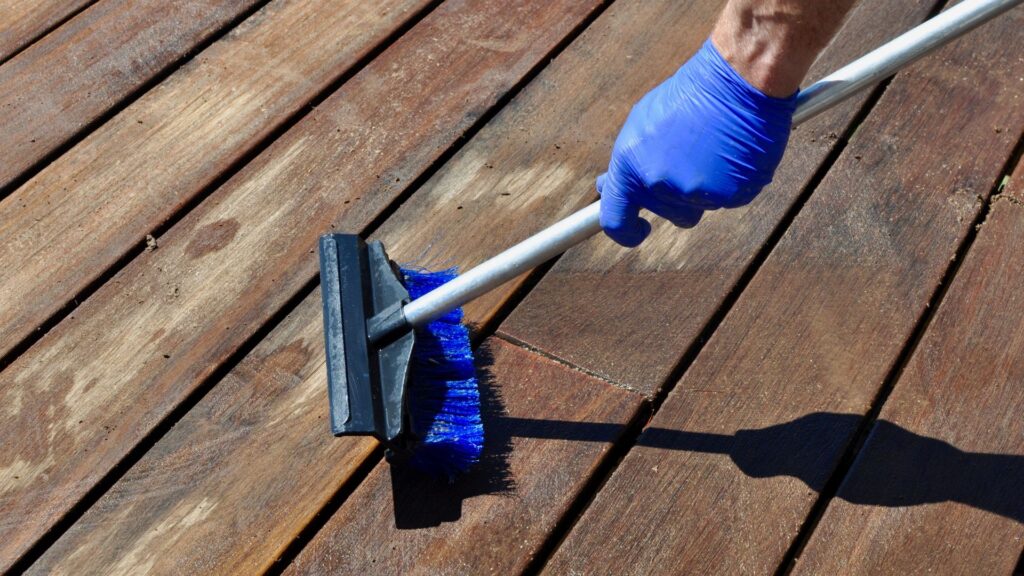
Eco-Friendly Deck Cleaning Tips
When cleaning your deck, it’s important to consider not only the appearance of your outdoor space but also the impact your cleaning methods may have on the environment. In New Zealand, where many homes are situated near coastlines, rivers, or lush gardens, taking an eco-friendly approach to deck maintenance is crucial. Below are two key strategies to help you clean your deck effectively while minimizing harm to the surrounding environment.
Choose Biodegradable Cleaners
One of the easiest ways to make your deck cleaning routine more environmentally friendly is by opting for biodegradable cleaners. Traditional chemical cleaners may effectively remove dirt, mold, and stains, but they often contain harsh substances that can seep into the ground, damaging nearby plants or running off into waterways. This is especially concerning for homes near rivers, lakes, or the coast, where chemical runoff can impact local ecosystems.
Biodegradable cleaners are designed to break down naturally without leaving harmful residues behind. These products are typically free of toxic chemicals like chlorine or phosphates, which are known to cause environmental harm. In New Zealand, many eco-friendly cleaning brands offer biodegradable solutions specifically for outdoor surfaces, including decks. These cleaners are just as effective as traditional options, providing a safe way to maintain a clean and attractive deck without compromising the health of your garden or nearby water sources.
When shopping for biodegradable cleaners, look for labels that state the product is “non-toxic,” “phosphate-free,” or “biodegradable.” There are also DIY solutions, such as a simple mix of water, white vinegar, and a few drops of natural dish soap. This homemade option can be just as effective for regular deck cleaning while keeping your plants and soil safe from harmful chemicals.
Water Conservation
Water conservation is another important aspect of eco-friendly deck cleaning, especially in regions that may experience water shortages or have strict water usage regulations. Using large amounts of water to rinse your deck can be wasteful, but there are several strategies you can employ to reduce water usage while still achieving excellent results.
One simple way to conserve water is by sweeping your deck thoroughly before you begin cleaning. By removing loose debris such as leaves, dirt, and dust with a broom, you can reduce the need for excessive rinsing later on. Sweeping ensures that you don’t waste water trying to blast away debris that could have been easily removed beforehand.
Another option is to use a bucket and scrub brush for targeted cleaning instead of relying solely on a hose or pressure washer. By scrubbing problem areas manually, you can save water while still effectively removing dirt and stains. If you do use a hose, make sure it has a nozzle that allows you to control the water flow and avoid unnecessary runoff.
For those who prefer using a pressure washer, consider using it on a low setting and only where necessary. Pressure washing can use significant amounts of water, so it’s best reserved for more stubborn grime or mold that can’t be easily removed by hand. In some cases, a simple rinse with a hose might be enough after you’ve scrubbed the deck with your eco-friendly cleaner.
By choosing biodegradable cleaners and employing water conservation techniques, you can keep your deck looking its best while protecting the environment. These small changes to your cleaning routine will make a big difference in reducing your environmental impact, allowing you to enjoy your outdoor space without worrying about harming the natural world around you.

Common Mistakes To Avoid When Cleaning A Deck
When it comes to cleaning your deck, avoiding a few common mistakes can save you time, effort, and the potential for costly repairs. While the process may seem straightforward, certain missteps can lead to significant damage or reduce the lifespan of your deck. Here’s a deeper look at these common mistakes and how to avoid them.
Using Too Much Pressure
One of the most frequent mistakes homeowners make is using too much pressure when cleaning their deck. While a pressure washer can be an excellent tool for removing dirt and grime, it’s important to use it correctly. High-pressure settings can strip the natural fibers of wooden decks, leaving the surface rough and prone to splintering. Over time, this damage can lead to costly repairs or even require replacement. Similarly, for composite decking, too much pressure can leave unsightly marks, degrade the material’s surface, and shorten its lifespan.
To avoid this, use a low-pressure setting when pressure washing your deck—typically between 500 and 1,200 psi for wood, and even lower for composite materials. Always keep the nozzle moving in sweeping motions to avoid concentrating pressure in one spot, which can create grooves or cause cracks. If you’re unsure, start with a garden hose and a scrub brush before moving on to a pressure washer.
Overuse of Harsh Chemicals
Another common mistake is the overuse of harsh chemicals like bleach or ammonia. These products might seem like a quick fix for tough stains or mold, but they can do more harm than good. Bleach can cause wood to dry out and become brittle over time, leading to cracks and splintering. Moreover, these chemicals can run off into your garden or nearby soil, damaging plants and negatively impacting the local ecosystem.
Instead, opt for eco-friendly cleaning solutions that are specifically designed for deck cleaning. Simple DIY solutions like a mixture of water, dish soap, and vinegar can be just as effective for routine cleaning. If you need to use a stronger cleaner, always dilute it according to the manufacturer’s instructions, and be sure to thoroughly rinse the deck afterward. This not only protects your deck but also helps preserve your surrounding environment.
Skipping Regular Maintenance
One of the biggest mistakes homeowners make is neglecting regular deck maintenance. Cleaning your deck once in a while is not enough to keep it in optimal condition. Dirt, grime, mold, and mildew can build up over time, especially in New Zealand’s diverse climate, where rain and humidity can accelerate the growth of algae and moss. When left untreated, these elements can cause your deck to deteriorate faster, leading to the need for more extensive repairs.
To avoid this, it’s important to schedule regular cleaning sessions every 6-12 months, depending on the level of exposure to weather and foot traffic. In addition, sealing your deck after cleaning is essential to protect it from moisture and UV rays, which can cause the wood to warp or fade. A well-sealed deck will not only look better but also last longer, saving you money on repairs or replacements down the line.
By avoiding these common mistakes—using too much pressure, overusing harsh chemicals, and neglecting regular maintenance—you can keep your deck looking great and in good condition for years to come. Regular, gentle care is key to ensuring your outdoor space remains a beautiful and functional part of your home.

FAQs: About How To Clean A Deck NZ
Conclusion
In conclusion, keeping your deck clean and well-maintained is essential, especially in New Zealand’s unique and diverse weather conditions, where coastal salt, humidity, and sun exposure can take a toll on your outdoor space. Regular cleaning not only enhances the appearance of your deck but also significantly extends its lifespan, ensuring that it stays strong and beautiful for years to come. By following the simple steps outlined in this guide, homeowners can easily tackle dirt, stains, mold, and algae buildup, preserving the wood or composite material. Taking pride in your outdoor space by committing to a consistent cleaning schedule every 6-12 months will ensure your deck remains a focal point of your home, ready for entertaining, relaxing, or simply enjoying New Zealand’s natural beauty.
Find A Professional Decking Company Near You!
- Balcony Construction Christchurch
- Deck Builders Alexandra
- Deck Builders Alexandra, Clyde & Cromwell
- Deck Builders Auckland
- Deck Builders Central Otago
- Deck Builders Christchurch
- Deck Builders Clyde
- Deck Builders Cromwell
- Deck Builders Hamilton
- Deck Builders Hawkes Bay
- Deck Builders Invercargill
- Deck Builders Kapiti Coast
- Deck Builders Kerikeri
- Deck Builders Lower Hutt
- Deck Builders Nelson
- Deck Builders New Plymouth
- Deck Builders Paihia
- Deck Builders Palmerston North
- Deck Builders Porirua
- Deck Builders Queenstown
- Deck Builders Taupo
- Deck Builders Tauranga
- Deck Builders Upper Hutt
- Deck Builders Wanaka
- Deck Builders Warkworth
- Deck Builders Wellington
- Deck Builders West Auckland
- Deck Staining Palmerston North
About the Author:
Mike Veail is a recognized digital marketing expert with over 6 years of experience in helping tradespeople and small businesses thrive online. A former quantity surveyor, Mike combines deep industry knowledge with hands-on expertise in SEO and Google Ads. His marketing strategies are tailored to the specific needs of the trades sector, helping businesses increase visibility and generate more leads through proven, ethical methods.
Mike has successfully partnered with numerous companies, establishing a track record of delivering measurable results. His work has been featured across various platforms that showcase his expertise in lead generation and online marketing for the trades sector.
Learn more about Mike's experience and services at https://theleadguy.online or follow him on social media:


